Kiwi fruit, also known as Chinese gooseberry, has become a popular and highly sought-after fruit worldwide. Bursting with flavor and nutritional benefits, this small fruit packs a powerful punch. But have you ever wondered where it all began? In this article, we take a deep dive into the intriguing origins of kiwi fruit, tracing its roots back to its humble beginnings in China and shedding light on its journey to becoming a global sensation.
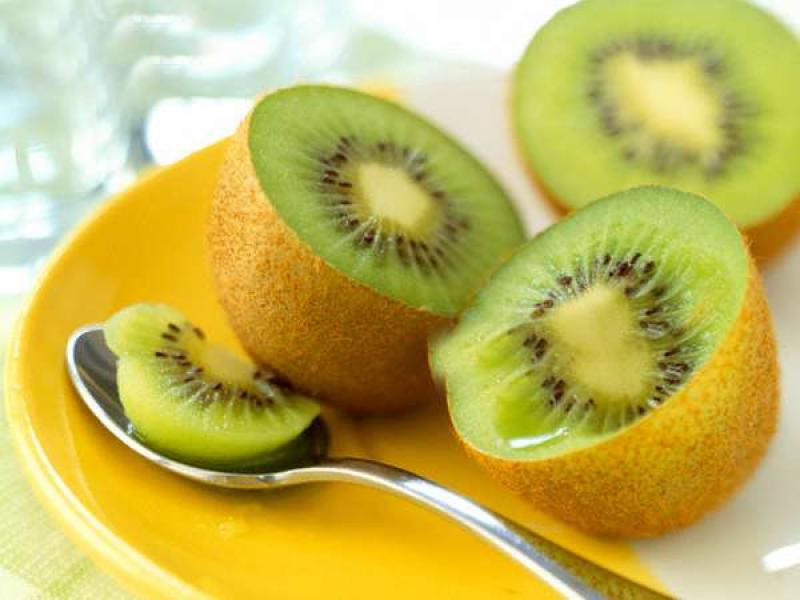
1. The Birthplace: China’s Yangtze River Valley
Kiwi fruit has a long history in China, where it was first discovered and cultivated over 700 years ago. The fruit thrived in the fertile Yangtze River Valley, particularly in the provinces of Zhejiang, Sichuan, and Jiangsu. Initially known as “Mihou Tao” or “monkey peach,” kiwi fruit was consumed by the locals for its distinctive taste and medicinal properties.
2. The Introduction to New Zealand
While kiwi fruit was already gaining popularity in China, it was not until the early 20th century that it made its way to the shores of New Zealand. In 1904, a school principal named Isabel Fraser brought a handful of kiwi fruit seeds from China to New Zealand. The seeds were planted on her property in Whanganui, marking the beginning of kiwi fruit cultivation in the country.
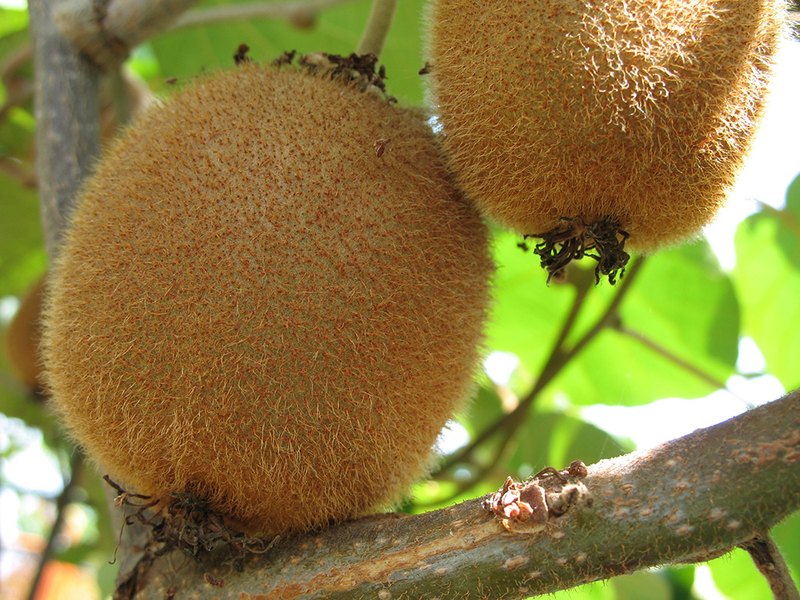
3. The Transition to Commercial Production
New Zealand’s ideal climate and fertile soil proved to be perfect for kiwi fruit cultivation. However, it was not until the 1950s that commercial production of kiwi fruit began in earnest. Farmers realized the potential of this unique fruit and gradually expanded its cultivation.
4. The Genesis of the Name “Kiwi Fruit”
Initially, the fruit was referred to as the “Chinese gooseberry.” However, in the 1950s, it underwent a rebranding to improve its marketability. Inspired by New Zealand’s national symbol, the flightless bird called the “kiwi,” the fruit was aptly renamed “kiwi fruit.” The name change not only enhanced its appeal but also helped differentiate it from other gooseberry varieties.
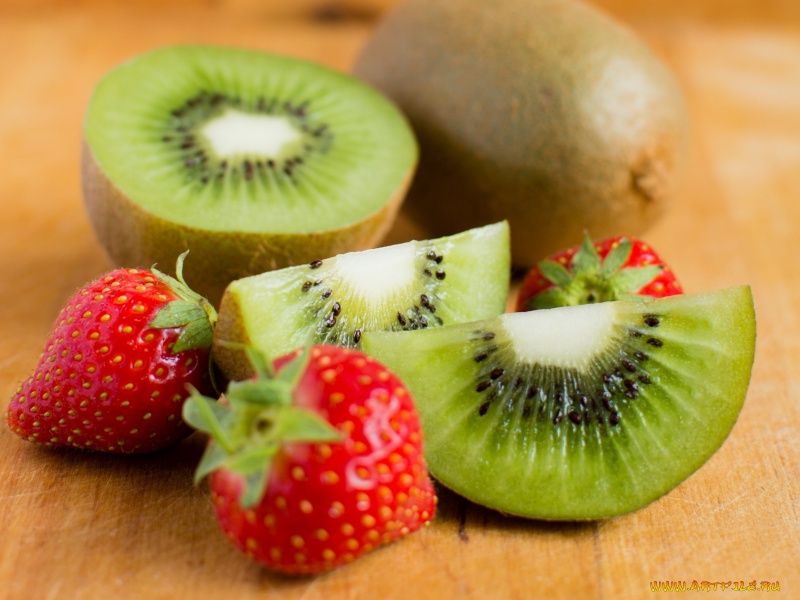
5. The Global Expansion
The popularity of kiwi fruit spread rapidly throughout the world. New Zealand emerged as a major exporter, shipping significant quantities of the fruit to various markets. Today, countries such as Italy, Chile, France, and the United States have also joined the global production of kiwi fruit, meeting the growing demand for this exotic delicacy.
Conclusion:
The journey of kiwi fruit from its origins in China’s Yangtze River Valley to its global prominence is a testament to its unique flavor and nutritional value. Thanks to the early pioneers who introduced it to New Zealand and the subsequent efforts made by farmers and exporters, the fruit has become a staple in diets across the globe. As we enjoy the refreshing taste of kiwi fruit, let us also appreciate its rich history and the labor of those who brought it to our tables.

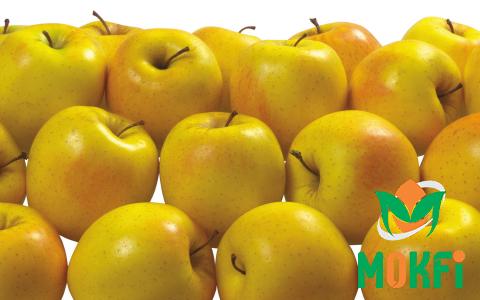
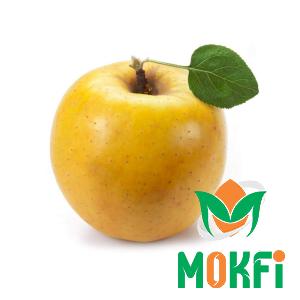
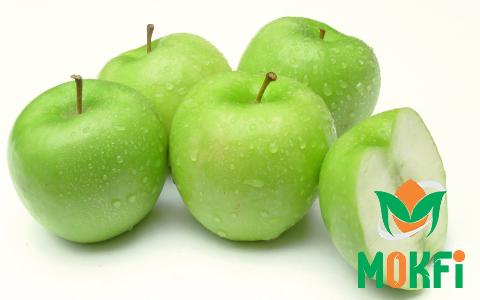
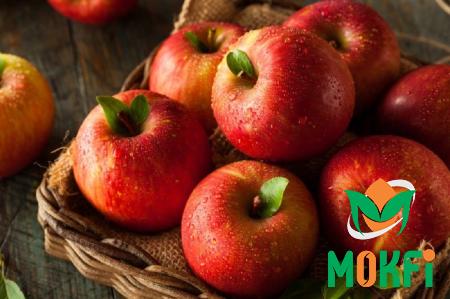
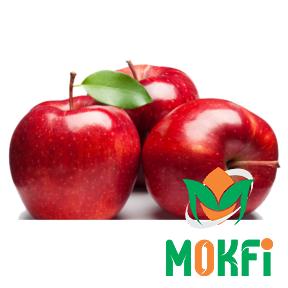
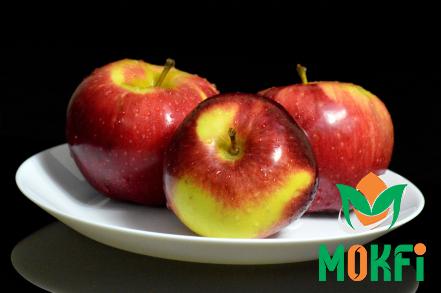
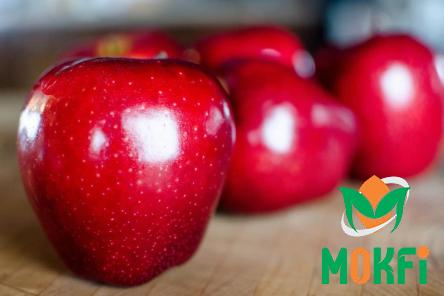
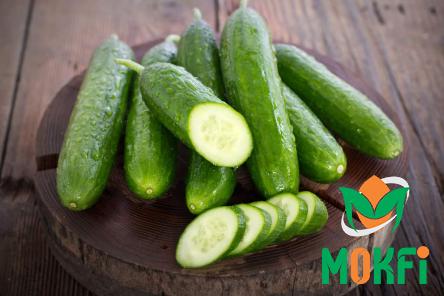
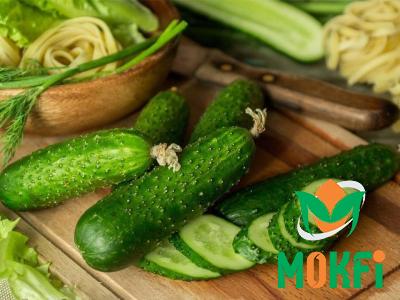
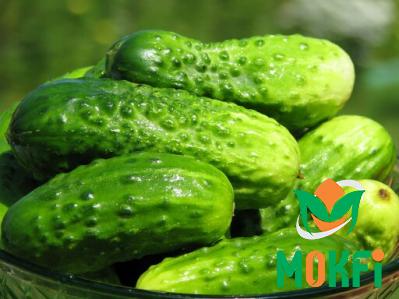
Your comment submitted.